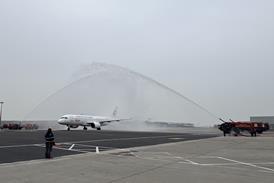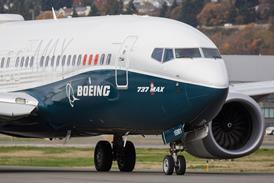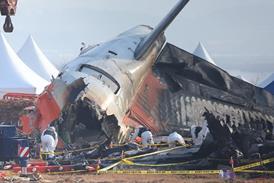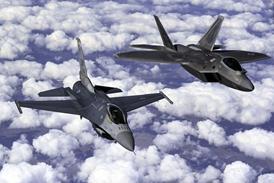After the bumper year of 2004, traffic growth slowed once again last year. Carriers in the Asia-Pacific and the Middle East fared particularly well
Carriers in the Airline Business top 200 survey posted a traffic rise of 5.8% compared with the 8.2% growth recorded in 2005. "This is still a good growth figure and it reflects very strong economic growth," says IATA chief economist Brian Pearce. He adds that while the US economy slowed down sharply last year, it did not have a knock-on effect in Europe and Asia. "In the past when the USA sneezed, Europe and Asia caught a cold, but that does not seem to be the case anymore."
This can be seen in regional traffic figures, which show North American growth lagging behind at 3.3% while the Middle East, Asia-Pacific and Europe stormed ahead with growth rates of 18.6%, 8.1% and 6.3%, respectively.
Pearce points to a "shift in the centre of growth" towards Europe and Asia, which can largely be attributed to the economic situation in the USA. "The US economy is in a bit of trouble and this will discourage travel. But Europe is still strong, particularly Germany," he says.
The top 200 ranking shows the Middle East to be leading with 18.6% traffic growth and a 12.6% increase in passenger numbers. This growth "comes from a low base", says Pearce, but reflects the strategy of the region, which "sees itself as a major hub". Additional capacity, driven by the region's long aircraft order book and strong investment in airport expansion, will come on-stream over the next five to 10 years. However, while capacity is "being used profitably" at the moment, Pearce believes the question is "whether this will continue" in the longer-term.
Over in Latin America, the worst performing region in terms of traffic growth, the blame for the 1.8% decline can be directed at the collapse of Brazil's Varig. However, things are "already starting to pick up" following Varig's acquisition by Gol, and the future for the region is looking more positive, according to Pearce: "This is a very interesting region. There are some incredibly profitable carriers and strong growth in many markets. Prospects should be positive for the region and one would hope that liberal economic policies continue."
Low-cost and regional carriers recorded the strongest traffic growth at 18.4% and 14.8%, respectively. But this can be analysed in different ways, depending on the region. For instance, the US low-cost market is maturing and Pearce expects to see a slowing in the growth of this sector, whereas Europe's low-cost sector is more variable. "We are seeing saturation in some markets but there is still growth in others. Europe is not plateauing yet," he says.
Capacity among the top 200 carriers increased by only 4.2% last year, which Pearce says is a promising sign for the industry and shows that airlines are "supplying growth profitably".
Source: Airline Business























